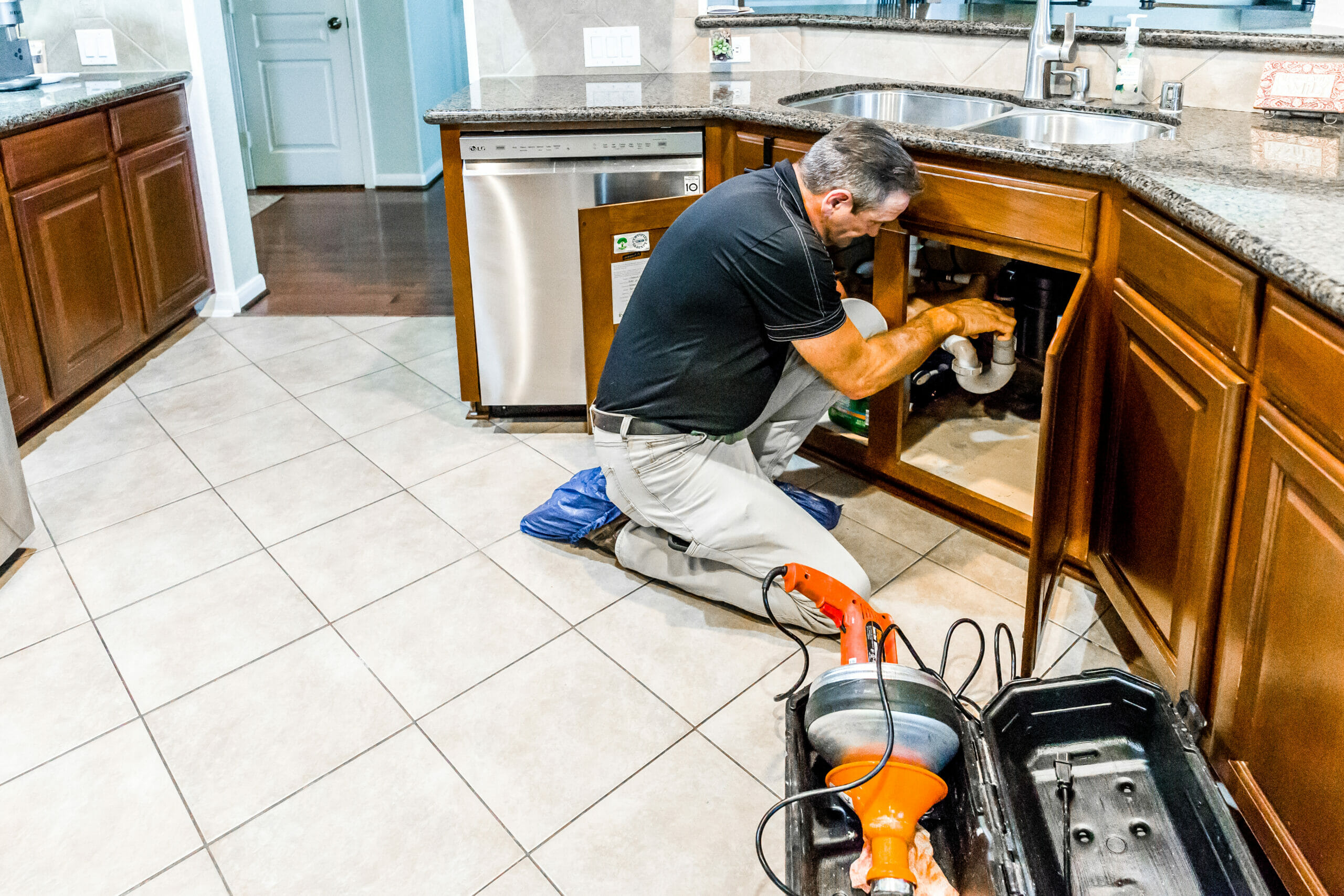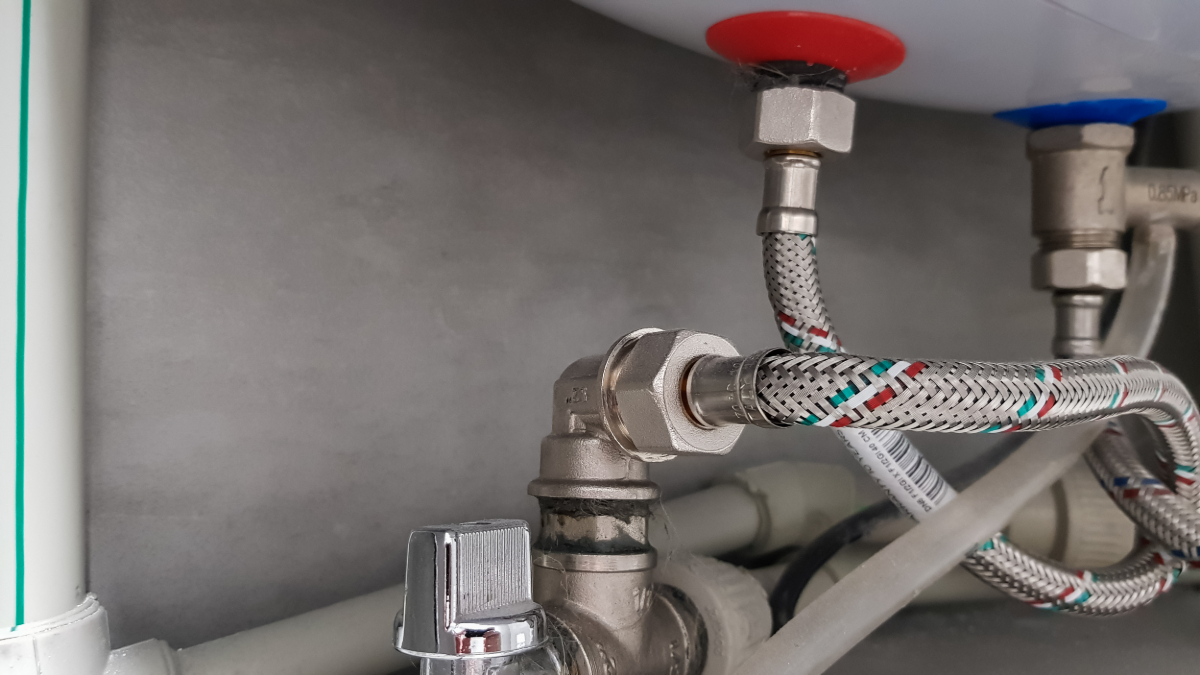Every person will have their own thinking in relation to Plumbing Problems In Old Homes.

Older homes commonly feature appeal, personality, and background, however they can also bring a host of plumbing concerns. Whether you're managing maturing pipelines, low water stress, or leakages, understanding just how to deal with these typical issues is essential to maintaining a safe and practical home. In this guide, we'll discover the normal pipes challenges encountered by older homes and offer functional remedies to maintain your plumbing in top form.
Understanding Common Plumbing Issues
Aging Pipes
One of one of the most usual concerns in older homes is maturing pipes. Depending upon the era in which your home was constructed, the pipes could be made from products that have weakened gradually, such as galvanized steel, cast iron, and even lead. These products can wear away, come to be weak, or create leakages, causing water damages and prospective health hazards.
Water High Quality Testing
Older pipelines can influence the high quality of your water. Conduct a water high quality test to look for pollutants such as lead, rust, or various other impurities that may be introduced by aging pipes.
Solutions for Typical Plumbing Issues
Replacing Aging Pipes
If your home has old, deteriorating pipelines, consider changing them with modern-day products like copper or PEX. This can be a considerable investment, but it will certainly stop future concerns and boost the safety and reliability of your pipes system.
Dealing With Low Water Stress
To repair low tide pressure, start by cleaning or changing old components and getting rid of mineral accumulation in the pipelines. If the issue lingers, it might be needed to replace sections of rusty pipes.
Fixing and Changing Leaking Pipelines
For tiny leaks, you can use pipeline clamps or epoxy putty as a temporary repair. However, it's finest to change leaking pipes totally to prevent more damage.
Updating Components
Upgrading old components to modern, water-efficient designs can improve your home's pipes efficiency and lower water consumption. Try to find fixtures with the WaterSense label for the very best performance.
Dealing with Pipe Corrosion
If your pipes are worn away, changing them with corrosion-resistant products like copper, PVC, or PEX is the very best service. Routine assessments and water high quality maintenance can help protect against better rust.
Low Tide Stress
If you're experiencing low tide pressure, maybe because of mineral deposits, deterioration inside the pipes, or old fixtures that are no more functioning successfully. This can be a significant hassle, particularly in locations like showers and sinks.
Dripping Pipelines
Leakages are another regular concern in older homes, typically triggered by rusty or damaged pipelines. Also tiny leakages can cause considerable water damage, mold development, and boosted water expenses if not dealt with promptly.
Outdated Components
Obsolete pipes fixtures such as faucets, bathrooms, and showerheads not just look old but might likewise be less reliable, prone to leakages, or incompatible with contemporary pipes standards.
Pipe Rust
Rust is a common trouble in older pipes, specifically those made from galvanized steel or cast iron. Corroded pipelines can limit water circulation, trigger discoloration, and eventually bring about leaks or pipe bursts.
Examining the Problem of Your Pipes
Inspecting Noticeable Pipes
Start by evaluating any kind of noticeable pipes in your home, such as those in cellars, crawl spaces, or under sinks. Search for indicators of rust, leaks, or corrosion, which can show underlying issues.
Checking for Leaks
Check for leakages by examining areas around faucets, bathrooms, and under sinks. You can also check your water meter prior to and after a duration of no water make use of to discover hidden leaks.
When to Call a Specialist
While some plumbing issues can be managed with DIY remedies, there are times when it's finest to hire a specialist. If you're dealing with major leakages, considerable corrosion, or are unsure concerning the condition of your pipes, a licensed plumber can provide skilled assessment and fixing.
Preventive Upkeep Tips
Regular Assessments
Frequently inspect your plumbing system for indicators of wear and tear. Capturing problems early can protect against pricey repairs down the line.
Water Pressure Regulation
Guarantee your water stress is within the recommended variety to stay clear of emphasizing your pipes and fixtures. A plumbing professional can install a pressure regulatory authority if required.
Water Top Quality Maintenance
Install water filters or conditioners if your water quality is poor. This can secure your pipes and fixtures from damage triggered by hard water or pollutants.
Aggressive Pipeline Replacement
If your home has older pipelines, think about proactive substitute prior to major problems arise. This can conserve you from emergency repair services and water damage.
Final thought
Managing plumbing issues in older homes needs a mix of vigilance, precautionary upkeep, and prompt upgrades. By understanding the common difficulties and understanding when to seek expert assistance, you can ensure your plumbing system remains useful and reputable for many years ahead.
Common Plumbing Issues in Older Homes and How to Fix Them
Owning an older home in Australia comes with its unique charm and a set of challenges, especially when it comes to plumbing. The Sunshine Coast has many older properties that can harbour plumbing problems that aren t just inconvenient but potentially costly. Here s a look at some common plumbing issues in older homes and expert advice on how to handle them.
Outdated Piping Materials
Many older homes were built with galvanised steel, cast iron, or even lead pipes, materials that are far from ideal by today s standards. Galvanised pipes are prone to corrosion and clogging, while lead pipes pose serious health risks.
How to Fix:
Replacing old pipes is a job for a professional. Upgrading to copper or PVC piping not only enhances water quality and flow but also increases the property s safety and value. If you suspect your home has outdated materials, a licensed plumber can conduct a thorough inspection and recommend the best course of action.
Corrosion and Pipe Degradation
Over time, exposure to water and minerals can cause pipes to corrode, leading to leaks, bursts, and water contamination. Corrosion is especially common in homes over 50 years old.
How to Fix:
Regular inspections can catch early signs of corrosion. If corrosion is found, the affected section of piping often needs to be replaced. For homes with extensive corrosion, a complete plumbing overhaul might be necessary. It s crucial to consult with a plumbing expert to understand the extent of the issue.
Tree Root Intrusion
Older neighbourhoods usually have mature trees whose roots can intrude into pipe lines, causing blockages or damage. This is particularly problematic for sewer lines, where roots seek out water sources.
How to Fix:
A plumber can use a specialised camera to inspect sewer lines for root intrusion. If roots are a problem, methods like root cutting or hydro-jetting can clear the obstruction. In severe cases, part of the pipe may need replacing. Consider root barriers around the piping to prevent future issues.
Inadequate Water Pressure
Low water pressure in older homes can be due to various factors, including corroded water lines, sediment build-up in pipes, or outdated fixtures.
How to Fix:
First, check if the low pressure is isolated to one area or throughout the house. Replacing old fixtures can sometimes resolve the issue. However, if the problem is more widespread, it might be due to sediment or corrosion. Flushing the system or replacing the affected pipes usually restores normal pressure. Again, a professional assessment is advisable.
Outdated Fixtures
Older homes often feature fixtures that are not only visually dated but functionally inefficient. This includes everything from toilets and taps to showerheads and washing machine hoses.
How to Fix:
Updating these fixtures can improve both water efficiency and the aesthetic appeal of your home. Modern fixtures are designed to conserve water, which can significantly reduce your water bill and lessen your environmental impact.
Conclusion
Maintaining the plumbing in an older home requires a proactive approach. Regular checks and updates are key to preserving these beautiful properties. If you re facing plumbing issues in your older home, it s best to call on experienced professionals like Green & Gold Plumbing & Gas. With the right expertise, even the most daunting plumbing problems can be resolved, ensuring that your home s character is maintained while its functionality is enhanced.
https://gandgplumbing.com.au/common-plumbing-issues-in-older-homes-and-how-to-fix-them/

As an enthusiastic person who reads about Plumbing Problems In Old Homes, I imagined sharing that excerpt was sensible. Those who enjoyed our blog entry plz don't forget to share it. Bless you for being here. Return soon.
Customer Reviews
Comments on “Managing Plumbing Challenges in Older Homes: How to Address Problems”